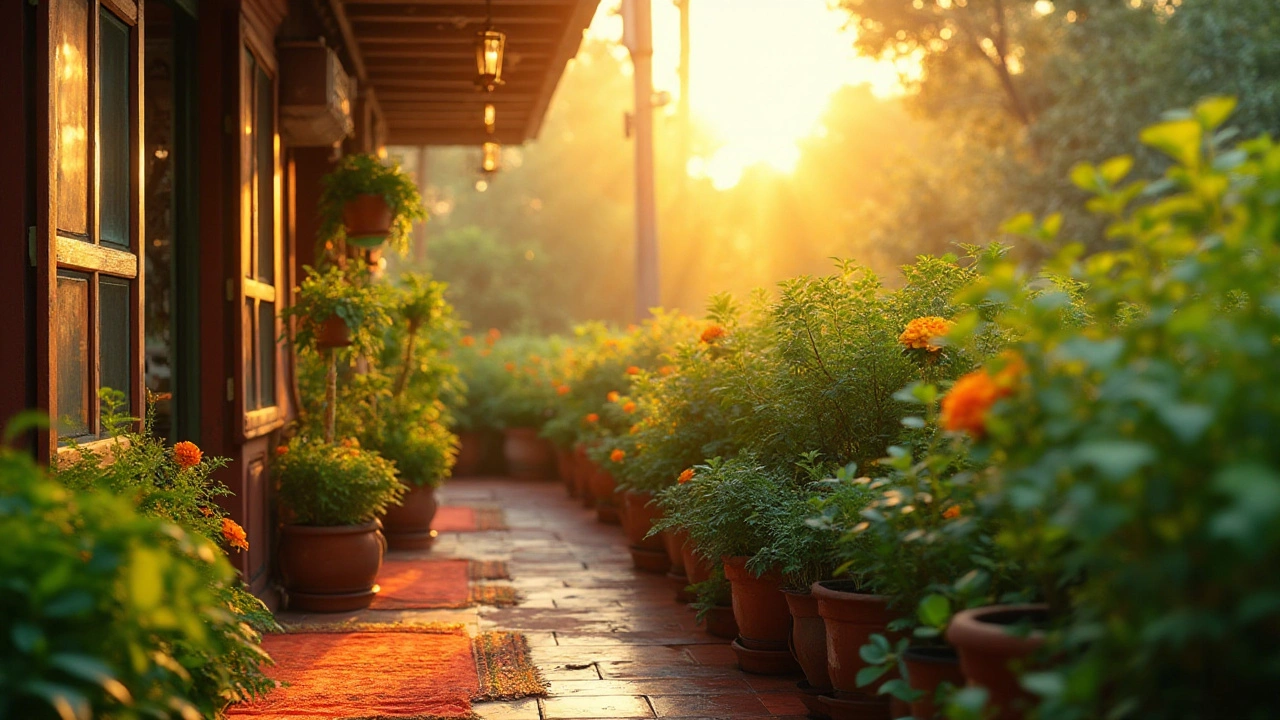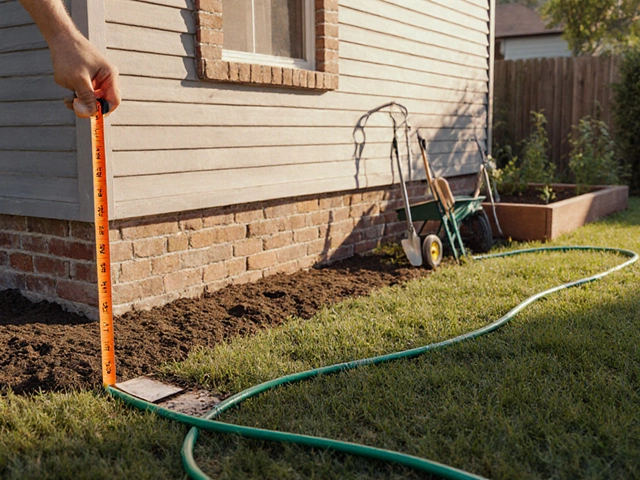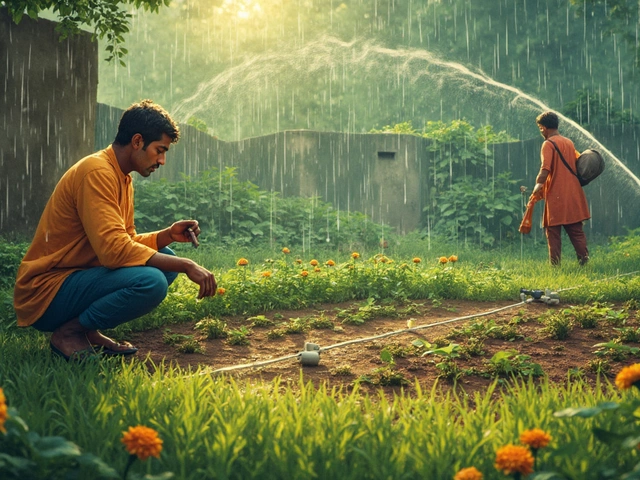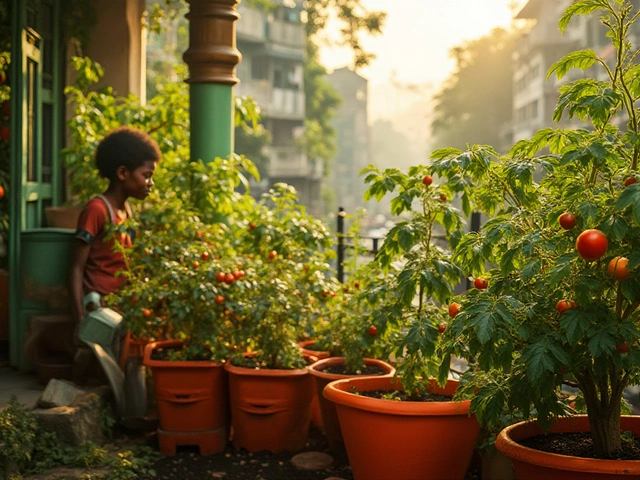Sunlight Direction – How to Use Light for a Thriving Garden
Every garden starter quickly discovers that not all sunlight is the same. The side of your yard that faces east gets a gentle morning glow, while a west‑facing plot catches the hottest afternoon rays. Knowing which direction your garden receives helps you pick the right plants and avoid costly mistakes.
Why Sunlight Direction Matters
Plants need light to make food, but the amount and intensity change with direction. Morning sun (east) is softer and lowers the risk of leaf scorch, making it ideal for lettuce, herbs, and delicate flowers. Mid‑day sun (south in most of India) is the strongest; it’s perfect for sun‑loving veggies like tomatoes, chilies, and okra. West exposure brings a strong, late‑day heat that can dry soil quickly – great for drought‑tolerant shrubs but not for moisture‑loving ferns.
Getting the direction wrong can lead to weak growth, yellow leaves, or even plant death. A pepper plant that loves full sun will suffer if placed in a shady north corner, while a shade‑preferring fern will wilt under a scorching south sky.
Practical Tips to Choose the Right Spot
1. Find true north. Use a compass app on your phone, but remember magnetic north differs by a few degrees. Align the app with a known landmark – a road sign or the rising sun – to get a reliable reading.
2. Track sunlight. On a clear day, stand at the spot you want to plant and note when the sun hits it. Write down the start and end times. A 4‑hour window in the morning means east exposure; a 6‑hour window from noon to evening is south.
3. Observe shadows. In the early afternoon, places with long shadows are likely north‑facing. Short shadows mean south exposure.
4. Match plants to light. Group high‑light crops (tomato, cucumber, marigold) in south or west zones. Place low‑light growers (spinach, mint, ferns) in east or north areas.
5. Use reflective surfaces. If a spot gets less light than you need, place light‑colored walls, mulches, or reflective sheets nearby to bounce extra sun onto the plants.
6. Mind seasonal changes. In winter, the sun stays low, so even a south‑facing spot may feel shaded. Adjust planting times or use movable containers to capture the limited light.
7. Check soil moisture. West‑facing beds dry faster. Water early in the day and add mulch to keep soil cool.
By following these steps, you’ll know exactly which part of your garden gets which kind of light. That knowledge lets you design a layout where every plant sits in its happy zone, leading to bigger yields and healthier foliage.
Remember, the best garden isn’t about adding more plants – it’s about placing the right plants where the sun shines the way they need it. Start with a simple compass check, note the sunlight hours, and match your crops. In no time you’ll see greener leaves, more flowers, and a garden that works with nature instead of fighting it.

Best Balcony Orientation for Sunlight in Your Garden Setup
Discover the ideal direction for your balcony to face when setting up a garden, ensuring optimal sunlight exposure for your plants. This article explores how sunlight varies based on balcony orientation, provides practical tips for different climates, and addresses challenges for each direction. Learn how to harness natural light to create a thriving green space, regardless of your geographical location or setup constraints.
About
Balcony Gardening
Latest Posts


How Far Should a Garden Be From Your House? Practical Setback Guidelines
By Alden Thorne Oct 20, 2025

Underground Sprinklers: Are They Really Worth the Investment?
By Alden Thorne May 4, 2025

Permaculture Gardening: What It Means and How to Get Started
By Alden Thorne May 7, 2025
